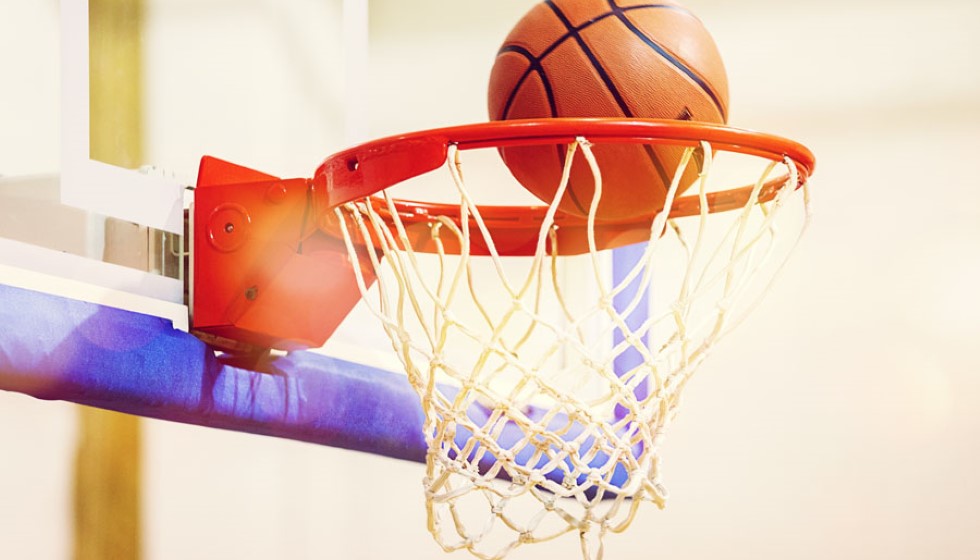
The New Orleans Pelicans are making waves with their stance on star forward Brandon Ingram. As the franchise navigates the complexities of the NBA's financial landscape, the consensus is clear: Ingram isn't going anywhere for now, despite lucrative prospects on the horizon.
Financial Dynamics and Contract Considerations
Brandon Ingram's current contract sees him earning a substantial $36 million in the 2024-25 season. While this figure alone would make many teams pause, it’s Ingram's eligibility for a massive contract extension that raises eyebrows. The forward could ink an extension worth up to $208 million over four years. However, the Pelicans have yet to offer this lucrative deal.
"I think from a relationship standpoint, we've been really clear we'd prefer Brandon stays with us and Brandon's been pretty clear he prefers to stay with us. At the same time, there is a financial reality to this... we’re committed to each other," said David Griffin, the Pelicans' Executive Vice President of Basketball Operations.
This sentiment is echoed in the restrictions imposed by the NBA's new collective-bargaining agreement. It stipulates that teams exceeding the first apron of $178.1 million face constraints in salary trade-offs, and those over the second apron of $188.9 million are barred from aggregating multiple players' salaries in trade deals. These regulations add layers of complexity to any potential long-term commitment to Ingram, making the Pelicans' financial maneuvering all the more intricate.
Exploring Trade Scenarios
It's reported that both the Pelicans and Ingram's representatives have explored possible trade scenarios involving a max extension with other teams, keeping an eye on how best to navigate the financial landscape without compromising team integrity or long-term goals. Griffin, addressing the challenge of securing top-tier talent while managing a balanced roster, noted: "In some markets, you don't have to make any decisions: You get a max, and you get a max, and you get a max, and you hoard talent. We're not that market."
Griffin further explained the financial nuances: "When you don't have to pay them, you want all of them. And then when you actually have to hand them $50 million a year, mechanically, it gets complicated." The underlying sentiment is clear—maintaining a competitive team in a smaller market demands careful financial planning and strategic foresight.
On-Court Performance and Injuries
Ingram's performance on the court has also seen shifts. Initially averaging 4.2 catch-and-shoot 3s per game and making an impressive 42% of them with the Pelicans, his attempts have steadily declined over the years. This decline in performance, combined with a hyperextended left knee suffered last season, adds another layer of complexity to decisions surrounding his future with the team.
Compounding this, the Pelicans had to navigate significant injuries to other key players, notably Zion Williamson, whose season-ending injury during the play-in tournament left a glaring hole in the lineup. "Brandon went from not playing to, 'OK, now you have to carry us.' It was a really bad situation for Brandon," Griffin remarked, acknowledging the immense pressure placed on Ingram's shoulders.
Roster Moves and Future Prospects
In a bid to shake things up, the Pelicans made several noteworthy roster moves. They acquired Dejounte Murray in a trade with the Atlanta Hawks, a deal that cost them Larry Nance Jr. They also parted ways with Jonas Valanciunas in free agency. To bolster their frontcourt depth, the Pelicans are reportedly relying on a mix of Daniel Theis, rookie Yves Missi, and Jeremiah Robinson-Earl.
Looking ahead, the Pelicans appear committed to a more dynamic, adaptable playstyle. "So we gotta make choices, right?... we’re going to have to do this in a really unique way. And I think we’re pretty committed to playing small," Griffin said, highlighting a strategic pivot. While acknowledging the team’s areas for improvement, he emphasized their existing strengths: "I understand that everybody looks at the situation and goes, 'They’re missing this, they’re missing that,' but we also have a lot of strengths that we want to lean into."
As the Pelicans gear up for the upcoming season, the balancing act continues. With Ingram’s future in a state of consideration and the team strategically navigating the NBA’s financial waters, only time will tell how the franchise will consolidate its roster and financial strategy to remain competitive in the ever-evolving landscape of professional basketball.